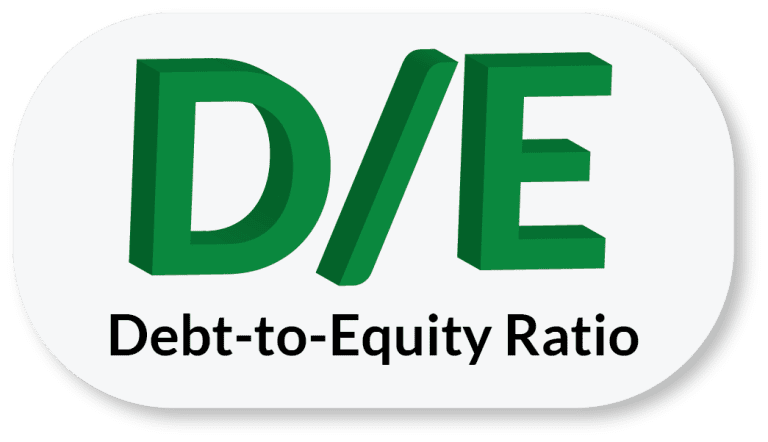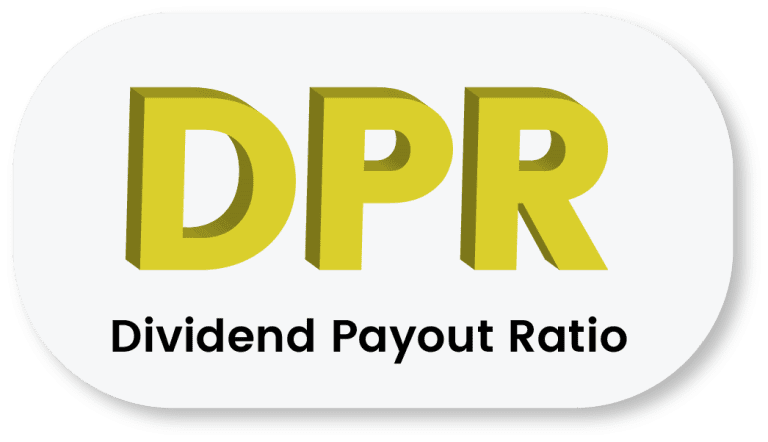30 Jan, 2023, Blog
Author: Delisted Stocks Team
30 Jan, 2023, Blog
Author: Delisted Stocks Team


Evaluating a company is a very tedious job. Judging the efficiency and true value of a company is not an easy task. It demands rigorously reading the company financial statements like balance sheet, profit and loss statements, cash-flow statements, etc.
Stock selection is a difficult process. An investor must examine the company’s financial statements, such as the balance sheet and profit and loss statement to determine how sound they are. However, such statements are quite lengthy, and comprehension may not always be possible if an investor is not a financial expert. This is where financial ratios can help and boost the morale of an investor.
KEY TAKEAWAYS

The PE ratio indicates whether a stock is undervalued or overvalued compared to its peers. It is a multiplier to value a stock in the market compared to its EPS. For example, if a stock PE is 20, you need to pay 20 times a stock's earnings to buy a stock from the market.
If a company has a high PE ratio in comparison to its peers, it may be considered expensive. However, the concept of high and low PE varies depending on the industry, competition, and the company’s profile. Similarly, low PE stocks are not always cheap; poor performance could also be a reason for a stock to trade at low PE.
PE Ratio formula = (Market Price Per Share) ÷ (Earnings Per Share)

ROE informs you of the company’s net profit in relation to the equity capital. If the company has a low ROE, it means it is not making enough profit on its equity capital. Generally, if the company’s ROE is consistently above average compared to peer group companies, it could be a good stock for investing. But again, ROE can’t be the sole metric to evaluate a stock.
ROE formula = (Net Profit) ÷ (Average Shareholder’s Equity)

Return on assets compares the value of a business’s assets with the profits it produces over a set period of time. Return on assets is a tool used by managers and financial analysts to determine how effectively a company is using its resources to make a profit.
ROA = (Net Profit / Total Assets) x 100
Public companies report net profit on their income statements, and disclose their total assets on their monthly, quarterly, or annual balance sheets where an investor can find these statements in a company’s quarterly earnings reports.

This is perhaps the most important type of ratio because it provides information about the company’s capital structure. The debt-to-equity ratio indicates how much portion of the capital is borrowed and how much is invested by equity investors. If a company has a higher debt-to-equity ratio, it means it is leveraging more, and it is more vulnerable to interest rates. Stocks with a high debt-to-equity ratio are considered risky compared to others.
Debt-to-equity ratio formula = (Total Liabilities) ÷ (Total Shareholder Equity)

PB Ratio represents the relationship between the total value of an organization's outstanding shares and the book value of its equity. P/B ratio draws a relationship between the market capitalization of an organization and the value of assets it possesses.
Value investors typically use the P/B ratio, amongst other metrics, to determine whether a company’s stocks are overvalued or undervalued. Value investing involves investors ferreting out those companies’ stocks that trade below their intrinsic value. In that regard, a P/B value comes forth as a critical agency.
Therefore, firstly, investors need to find the product of the current market price of a company’s stocks and the total number of outstanding shares, which is its market capitalisation.
Market capitalization = Market value of a stock x Number of outstanding shares
Secondly, investors need to determine the net value of an organization's assets. They need to add up the book values of all the assets present in a company’s balance sheet and deduct the total value of all debts and liabilities.
Book value of assets = Total assets – Total liabilities
In a roundabout way, this value represents the equity value of an organization. Nevertheless, the price to book value formula is expressed below:
P/B ratio = Market capitalization / Book value of assets

The Dividend Payout Ratio (DPR) is the amount of dividends paid to shareholders in relation to the total amount of net income the company generates. In other words, the dividend payou0074 ratio measures the percentage of net income that is distributed to shareholders in the form of dividends.
Example of the Dividend Payout Ratio
Company A reported a net income of $20,000 for the year. In the same time period, Company A declared and issued $5,000 of dividends to its shareholders. The DPR calculation is as follows:
DPR = $5,000 / $20,000 = 25%
There are several formulas for calculating DPR:
Summing Up
Stock market investors analyse stocks in two ways: Either by studying the fundamental factors of a company (e.g. profits, debt, earnings, etc.) or by studying past trends and patterns of the markets. While a detailed fundamental analysis of a company is a must, these ratios can help an investor to get a bird’s-eye view of the company’s financials. It is also important to remember that these ratios are dynamic in nature.
Hence, it is important to recalculate them once every quarter (after the declaration of the quarterly financial results).
Prudence is a necessary skill for investors and learning how to analyse the fundamentals of a company before investing in its stock is the first step to becoming a prudent investor.
Happy Investing!
Read our other blogs also: